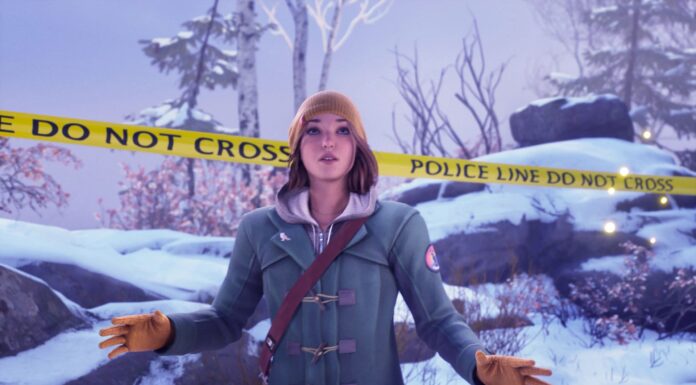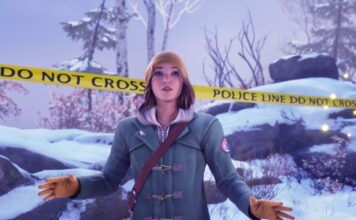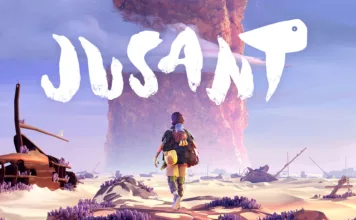The term around which the awkward headline is based became a bit of a dirty phrase. ‘Toys to Life’ conjured up images of overpriced on-disc DLC being unlocked by otherwise uninspired lumps of cheap plastic. Starlink: Battle for Atlas learns quite a bit from the mistakes made by earlier ‘TtL’ experiences. By letting the toys be toys first and a slightly unwieldy but engrossing mixed-media play experience second, Starlink is an excellent rebirth of a good idea.
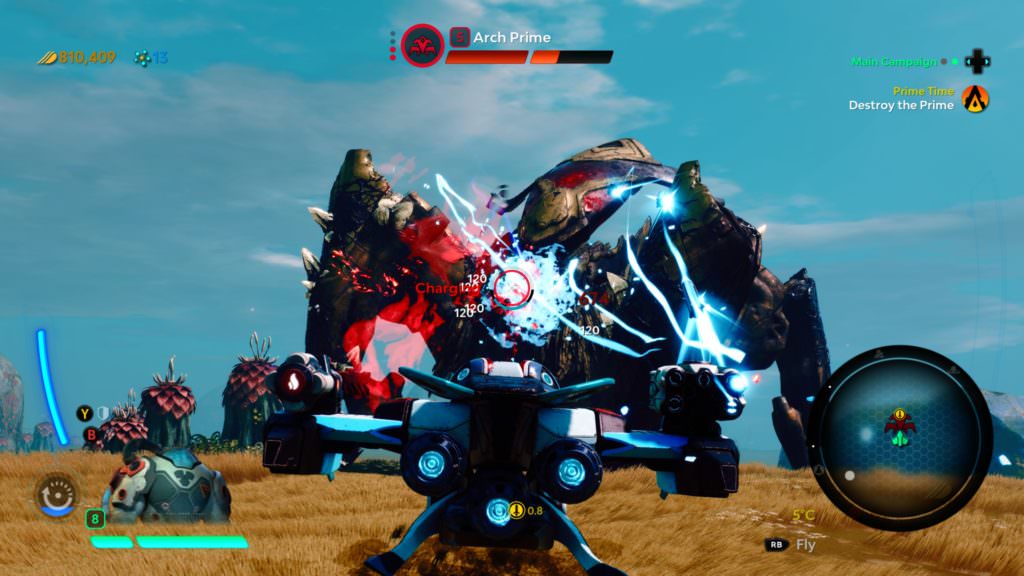
Impressively enough the game is aimed at children and teens but Starlink: Battle for Atlas is wholly enjoyable as an immature adult. Apparently…
Mechanically, Starlink: Battle for Atlas is similar to what fans expected of No Man’s Sky upon believing Seán Murray’s pre-launch hype
Space Soap Opera
Set in a universe teeming with intelligent life, Starlink follows the crew of the Equinox in their quest to rediscover the secrets of an ancient power source/weapon before some comic-book evil-doers manage to do so. At the beginning of the race for the ultimate lost technology, the team’s sagely captain is taken by the ‘Forgotten Legion’. The loyal crew are faced with saving the universe and their beloved leader amidst the backdrop of space piracy and impending Legion invasion.
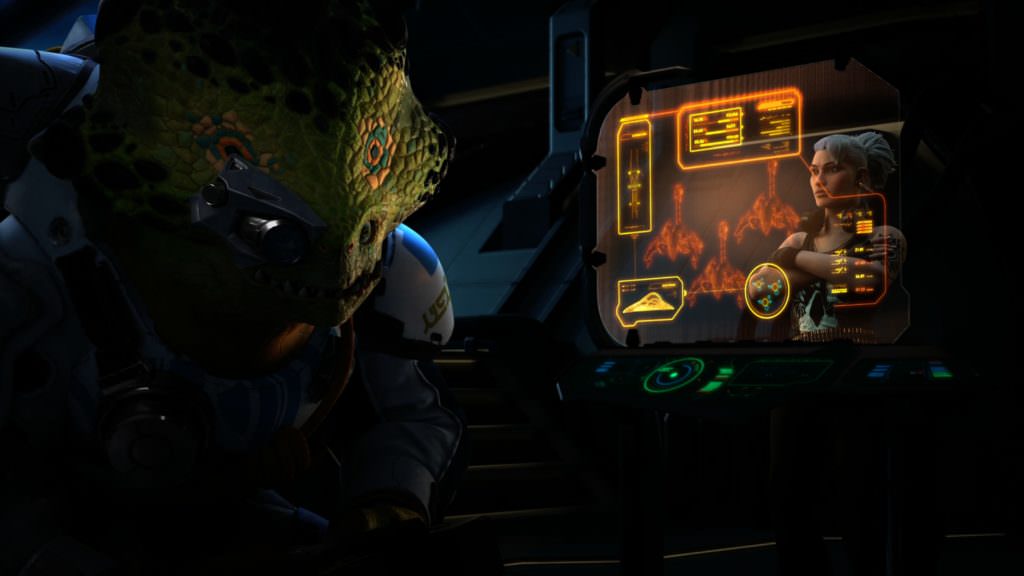
This dual-motivation is used well and blends in with an overarching open-world side-quest system. Every single action and quest does something to drive back the Legion, get closer to Drax or grow your power for the final fight. A player will gladly partake in the many collect-a-thons, puzzles, battles, boss battles etc. and not lose sight of the story.
chasing wildlife to scan or unearthing ancient mining tech leads players around the planets organically like a good open-world should
No Kid’s Sky
Mechanically, Starlink: Battle for Atlas is similar to what fans expected of No Man’s Sky upon believing Seán Murray’s pre-launch hype. Starlink offers a surface-to-space open-world experience teeming with mystery, character and colour.
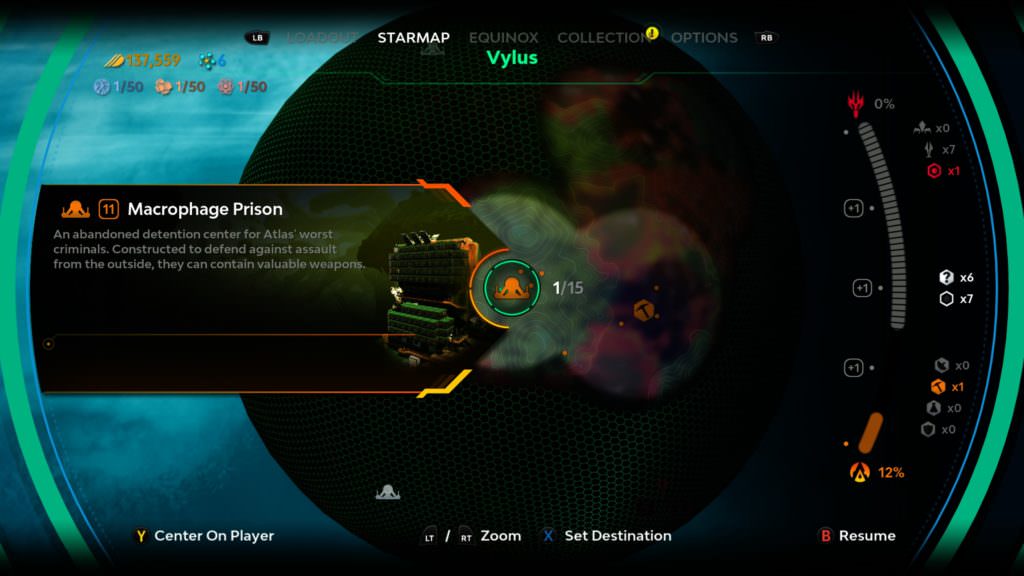
There is a depth and a roundness to the crafting, levelling and customisation system that is genuinely impressive. There are many pieces of your ship, your loadout, your base and various outposts to buff and a few ways of doing so for most. Pilot skill tokens are available for each level of improvement, be it a chassis or the pilot himself. The game wants to reward you for everything but still offers a little bit extra for skill or vigilance.
At no point does the open-world progression detract from the story nor do the array of non-essential missions or quests feel forced upon the player. This writer volunteered to grind some Mods or Fusion Cores fairly often knowing that they were worth the effort.
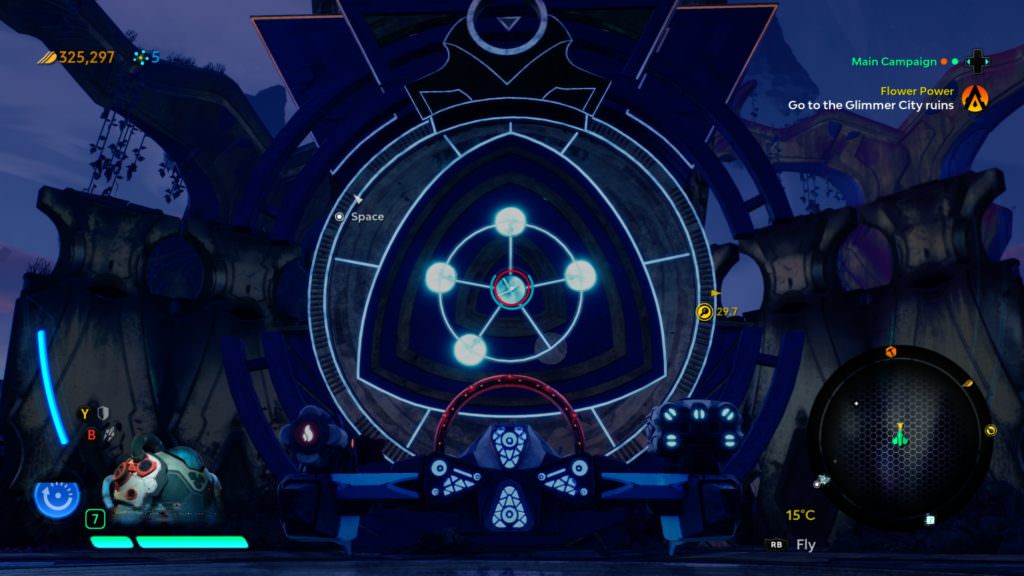
Similarly, chasing wildlife to scan or unearthing ancient mining tech leads players around the planets organically like a good open-world should. The seven planets are detailed. Each one has its own defining characteristics, like colour, temperature, terrain etc. but planets sharing a location within the three sectors are more alike than others. The whole environment and star system seems somewhat ordered and well-conceived.

The one criticism is that there aren’t enough planets. While the previous paragraph did gush about the measured variety and seeming congruity of the star system, many players will want more. More places to visit, research and slowly capture. As fun an experience it is to follow the plot and save your friend/universe; chasing aliens and mining across the excellent locales will be many players’ bread and butter.
Ubisoft likely kept this swapping mechanic from being too overpowered to avoid forcing children to buy spare craft – it’s still a cool trick for owners of multiple ships
No Man’s Toy
The toy spacecraft and weapons of Starlink: Battle for Atlas offer a genuinely fun way of altering one’s loadout or stats on-the-fly. The pieces are fairly easy to whip on or off and changes are displayed instantly on-screen. The mount is sufficiently secure on the Xbox One review unit so playing with the ship attached is a feasible option.
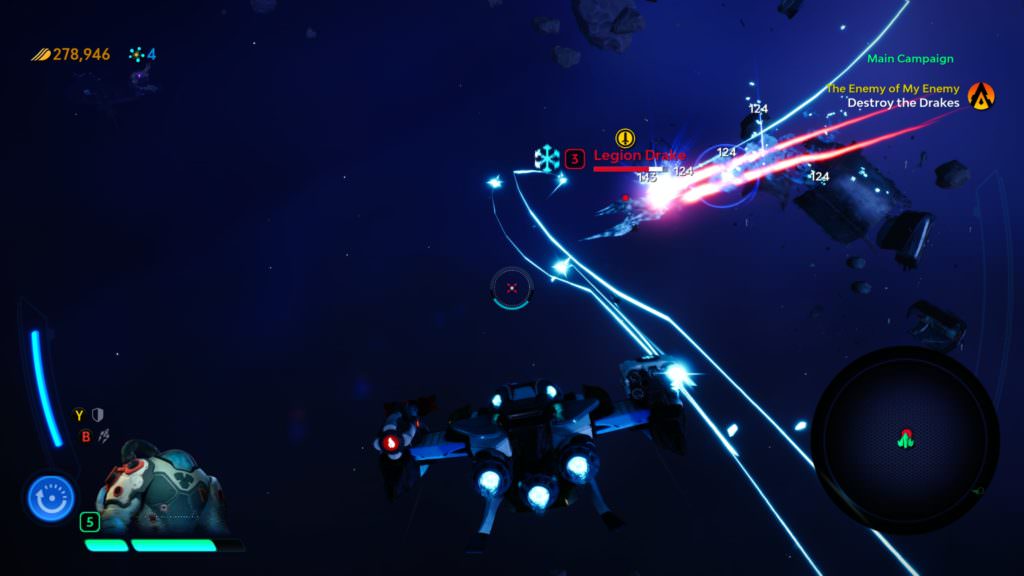
The craft are well-made and slightly heavier than small children might be comfortable attaching to a controller. The ships can be removed and all parts and pilots can be selected digitally but this takes quite a bit of fun away. Some of the appeal for children will come from creating a ship on their bedroom floor and bringing it to life in a the space adventure.
When a player is defeated and their craft is too damaged to continue they may whip on a new ship, if they have one on hand, and continue. If not, they are returned to base for a minimal loss of resources. To their credit, Ubisoft kept this swapping mechanic from being too overpowered to avoid coercing children to buy spare craft – it’s still a cool trick for owners of multiple ships though.
For an adult, the elemental combos are intuitive and obvious but a young mind might have a lightbulb moment when two weapon types combine
No More Puns
The 7+ age rating seems high – I don’t imagine any five-year-olds being scarred by the cartoon good-vs.-evil space combat nor does the game hold much frustration for smaller less coordinated hands. There are certainly scenes which foster a sense of dread and mild horror but nothing that youngsters haven’t come across in film.
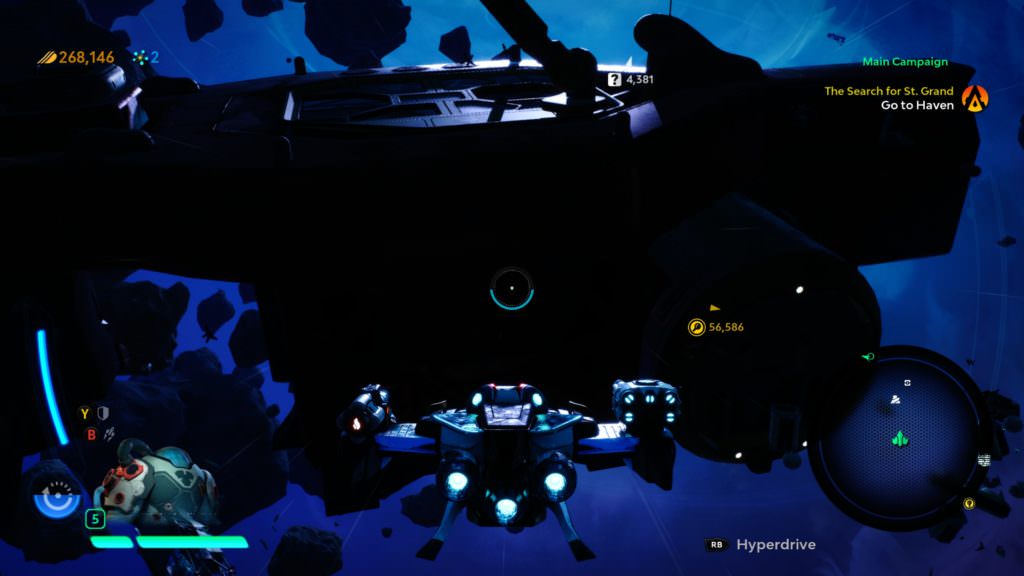
The combat mechanics relying on some semblance of scientific reasoning is commendable. For an adult, the elemental combos are intuitive and obvious but a young mind might have a lightbulb moment when two weapon types combine. Fire and ice will cause ‘Thermal shock’. A whirlwind and fan flames. Two gravity wells will pull foes apart. Ice and impact will shatter metal.
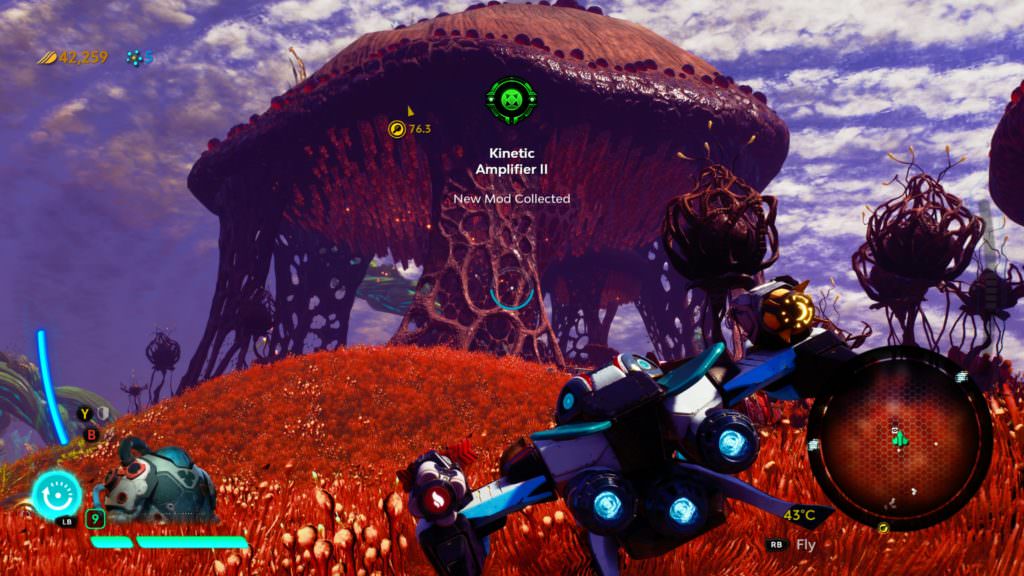
Starlink: Battle for Atlas lets a player loose in the star system Atlas with the most powerful weapon of all…
The imagination
Resurrecting an Entire Business Model
The prices of the toys and accessories seem reasonable which is very important. The models are of excellent quality and have an inherent play value that was lacking in Amiibo especially.
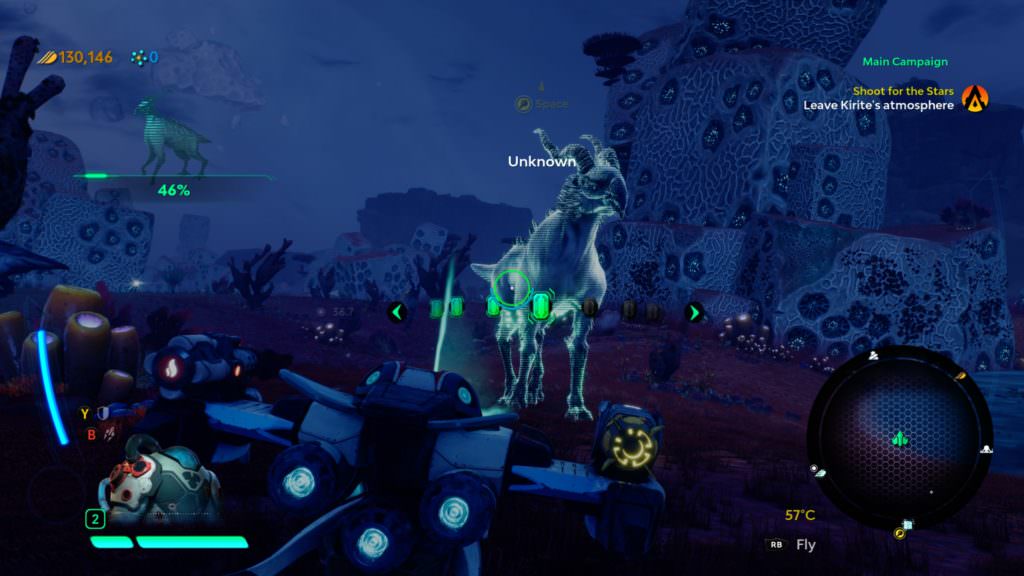
Some models have articulating parts that add more interactivity to the act of building and rebuilding. The attention to detail extends to how you orient your parts – there is no wrong way to make a ship. Upside-down or asymmetric wings. Backward firing shotguns. Starlink: Battle for Atlas lets a player loose in the star system Atlas with the most powerful weapon of all: the imagination.
Formats: PlayStation 4, Xbox One (reviewed on X), Nintendo Switch (Exclusive Starfox content)
Price: Starter Kits with Game, Ship and 2xWeapons Systems £69.99/€79.99/$74.99
Publisher: Ubisoft
Developer: Ubisoft Montreal
Release Date: 16th October 2018
Age Rating: PEGI 7+
Review Code and Ship Kits provided by publisher




